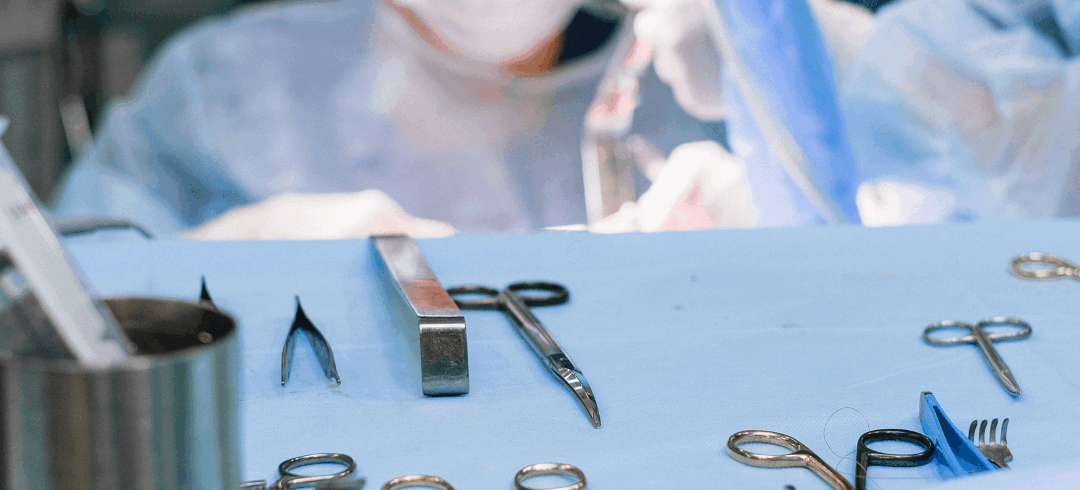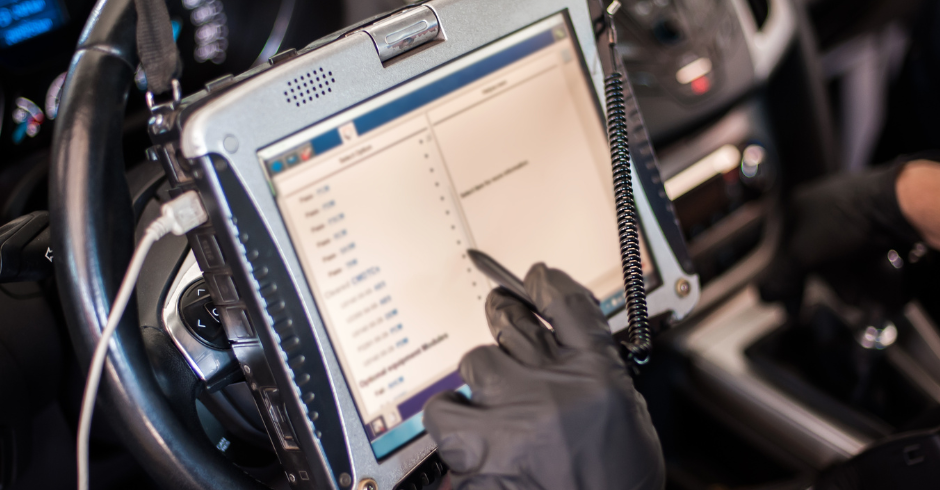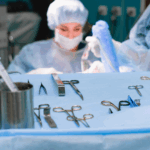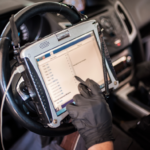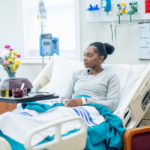Pressure sores, also known as pressure ulcers or pressure injuries, inflict immeasurable pain on frail patients. While not a true sore, pressure ulcers are a type of skin and tissue breakdown that results from constant pressure to specific area—ultimately resulting in tissue ischemia (the restriction of blood) and even tissue necrosis. Bed-bound seniors in nursing homes frequently suffer from this preventable skin injury, yet they’re also exposed to the very real risk of a blood infection or worse—healthcare experts believe complications from such wounds lead to an estimated 60,000 deaths in the U.S. each year.
Fortunately, a new technology could provide a simple solution that would prevent pressure sores in patients—specifically a software system that tracks and times patient movement while reminding caregivers to adjust the position of critically ill patients before pressure sores have a chance to set in.
Created by Leaf Healthcare, the system uses disposable sensors attached to a patient’s chest to transmit information in real-time to a nurse’s station while also sending the data to the caregiver’s computer for future evaluation. The sensor—known as a “leaf”—is capable of monitoring the patient’s position, movement and activity at all times. Remarkably, the sensor can also detect the patient’s orientation, letting the caregiver know which side of the body the patient is on or if they’re in an unsafe position.
For years the recommendation has been to reposition, or turn, a patient who can’t move on their own every two hours to prevent pressure sores—but busy caregivers in overcrowded facilities can have trouble adhering to such a schedule.
Lourdes Health System in Camden, New Jersey recently adopted the new technology with promising results. “We were struggling with this issue,” said their chief nursing officer, Maria Brennan, D.N.P., R.N. “In 2016, we had 60 hospital-acquired pressure ulcers. In 2017, we reduced that to 19,” she added.
Unfortunately, not enough adult care facilities are investing in these advances. While most are preventable through simple staff vigilance, there is obviously a breakdown in responsibility and accountability on the part of nursing home caregivers. Pressure ulcers ultimately affect more than 3 million adults each year with data from recent years showing as much as a 60 percent increase in just a 10-year period. The takeaway is that pressure sores are not only a growing problem, but they can be devastating for unsuspecting patients.

